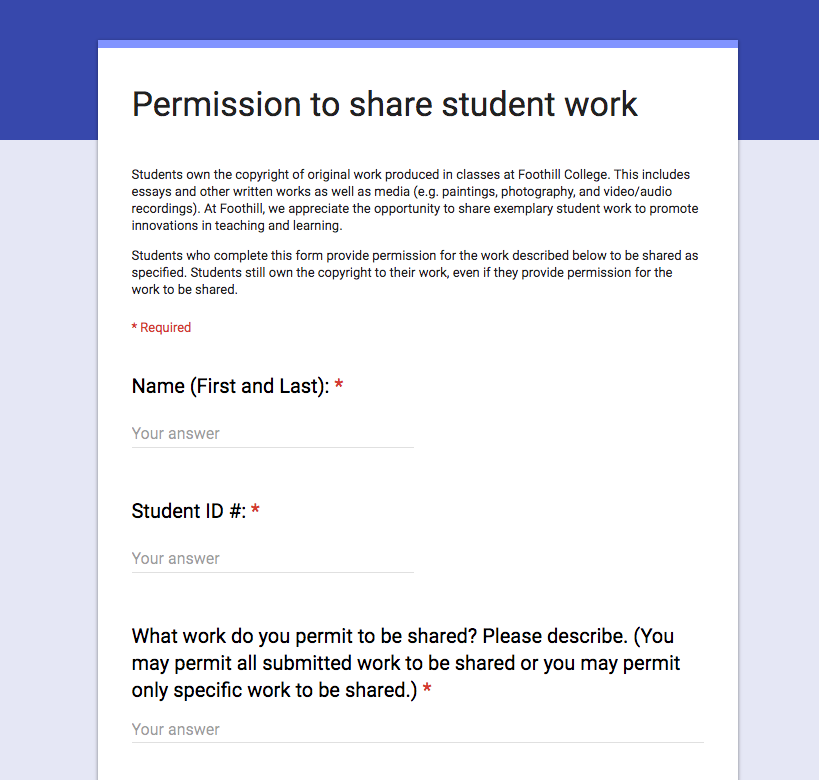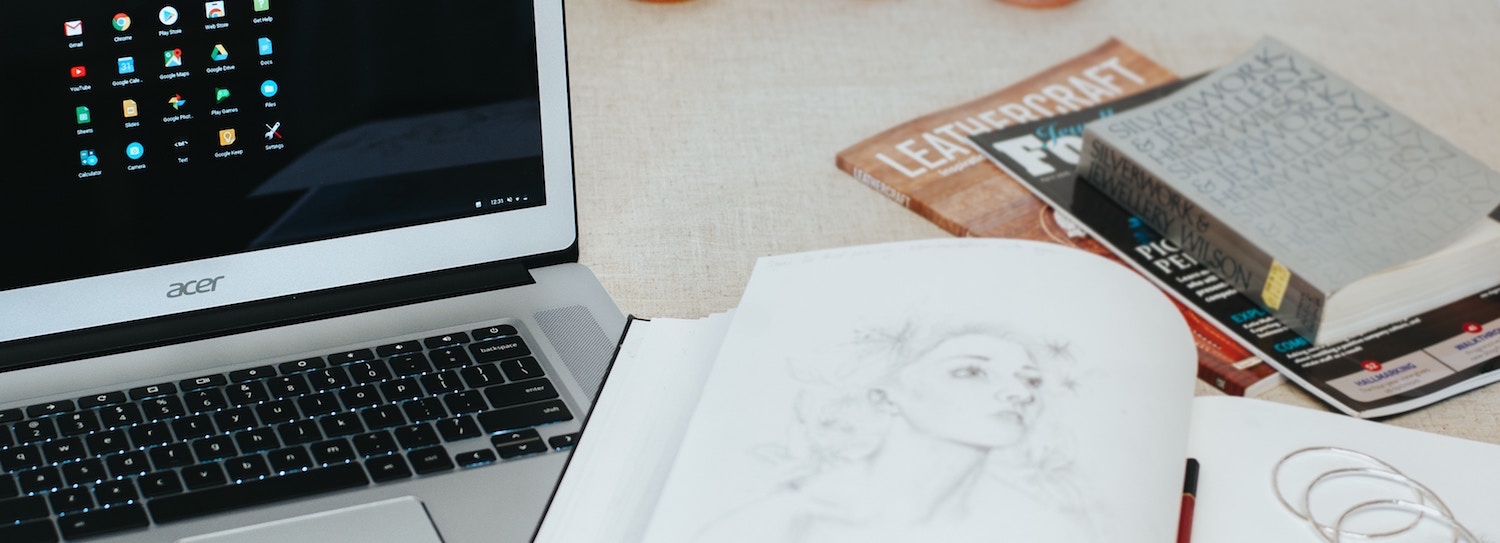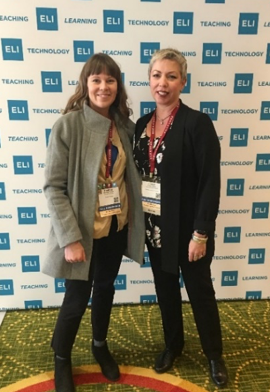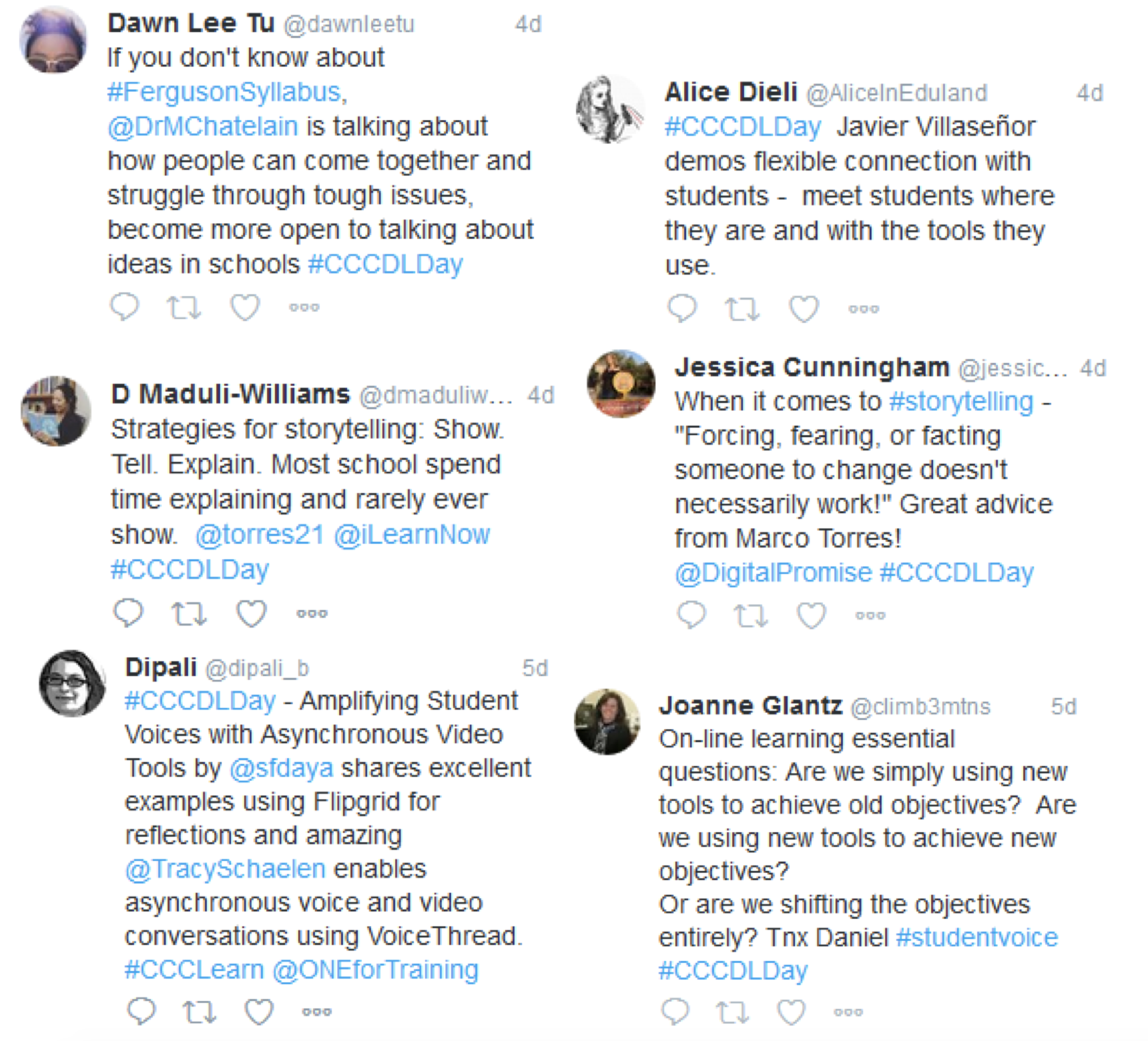Sharing Student Work
Sharing student work is a wonderful way to showcase the efforts and talents of your students as well as your pedagogical approach as an educator. Student work should be appreciated and should serve as a reminder of why we all come to work in the first place. Material evidence of student learning is also an excellent resource for faculty professional development. Sharing among faculty should be encouraged, not discouraged due to legal implications such as FERPA (Family Educational Rights and Privacy Act) and copyright. While legal implications are important to consider and steps should be taken to address them, don’t let the fear of legal repercussions prevent you from celebrating and learning from the hard work of your students.
When it comes to sharing student work, whether with your colleagues, at a conference, or on the internet on a public website, there are two legal issues to consider: FERPA and copyright. Read on for an introduction to each, but please keep in mind that I am not a legal professional. Always check with your institution for information on how legal policy is interpreted and implemented on your campus.
What is FERPA?
FERPA is a federal privacy law that is designed to ensure students are in control of who has access to their student records. Personally identifiable information such as Social Security Numbers, cannot be disclosed without a student’s consent. Directory information – which may include name, address, enrollment status, and photograph – may be released without permission, provided the institution allows students to opt out of these disclosures. According to the Legal Information Institute at Cornell, FERPA also protects the release of “education records,” which are defined as “those records, files, documents, and other materials which (i) contain information directly related to a student; and (ii) are maintained by an educational agency or institution or by a person acting for such agency or institution.”
Depending on how your institution interprets the meaning of “education records,” student work may or may not be considered an education record under FERPA.
What is Copyright?
Copyright is a federal law that is not specific to educational institutions. Copyright law protects the rights of authors to control the use of their work, while also seeking to balance the right of the public to use works protected by copyright. It is important to recognize that students own copyright of the work they produce in their courses.
Get Permission
Regardless of whether your students’ works are protect by FERPA or copyright or both, it is essential to get permission from students before sharing their work. One way to do this is to have students fill out a form before you share their work and retain the responses to this form.
To see a sample form, click the image below:
If you would like to save a copy of this form and modify it to meet the needs of your classes, simply click here and save to your Google drive.

This form is shared in the public domain, which means you are free to make a copy of it and adapt it for your own use without permission.
Fostering Innovations in Teaching and Learning
As we strive to cultivate innovations in teaching and learning, we must recognize the value that sharing student work brings to our efforts while balancing our commitment to ensuring students maintain their privacy and the rights they are entitled to as creators. Additionally, as more and more educators are teaching at a distance, using technology in the classroom, and exploring the use of social media for educational purposes, it’s more important than ever that we stay abreast of laws and guidelines governing how student work may be shared. Make sure that, when asking for permission to share work, the student knows exactly what the permission is for, and you know the parameters of the permission that the student has provided. Create multiple forms and modify them as needed, just make sure to track student responses and keep organized records.


